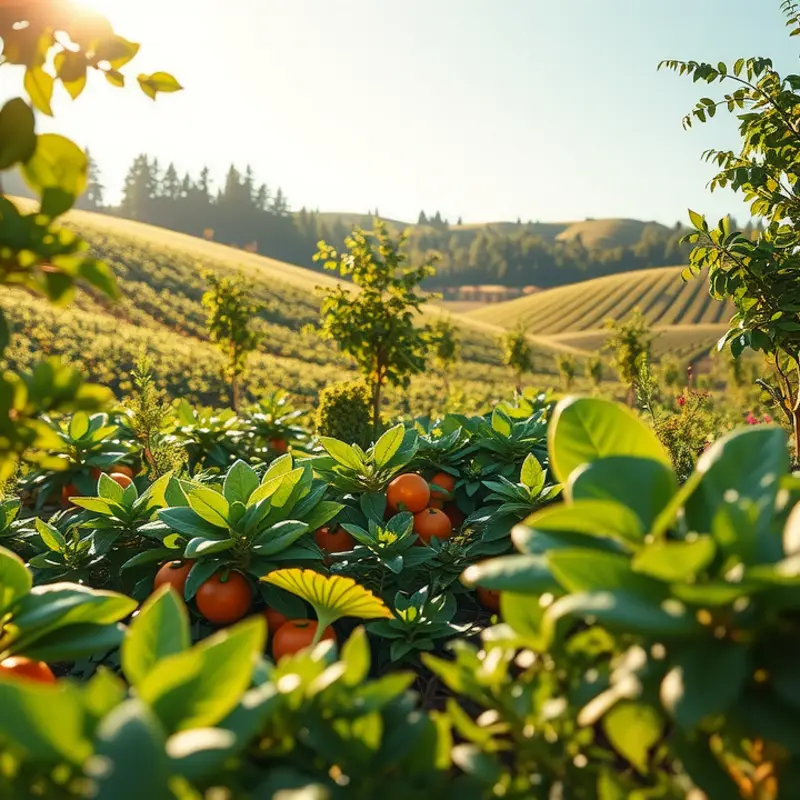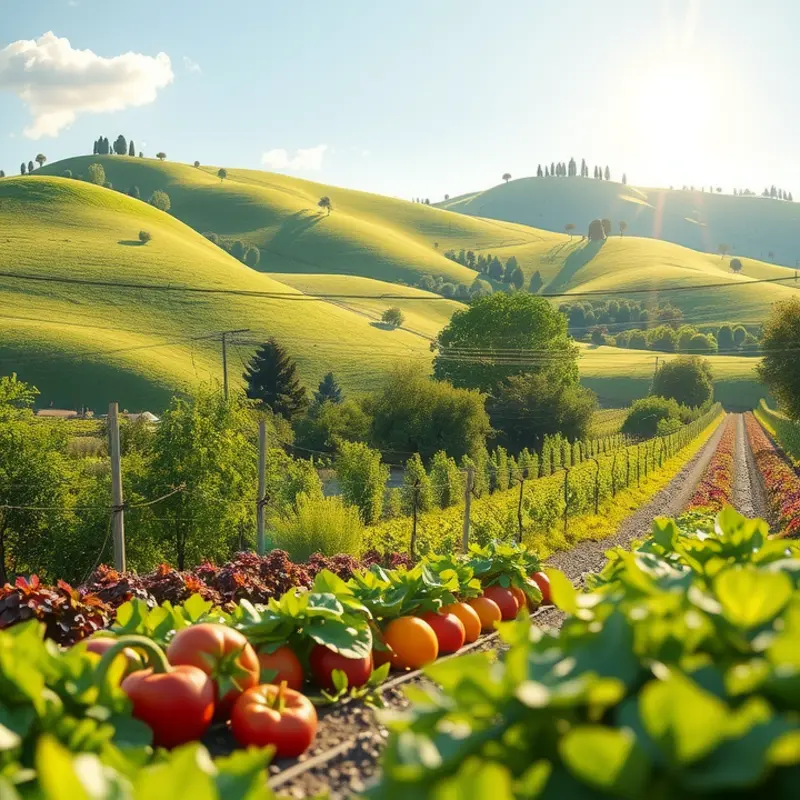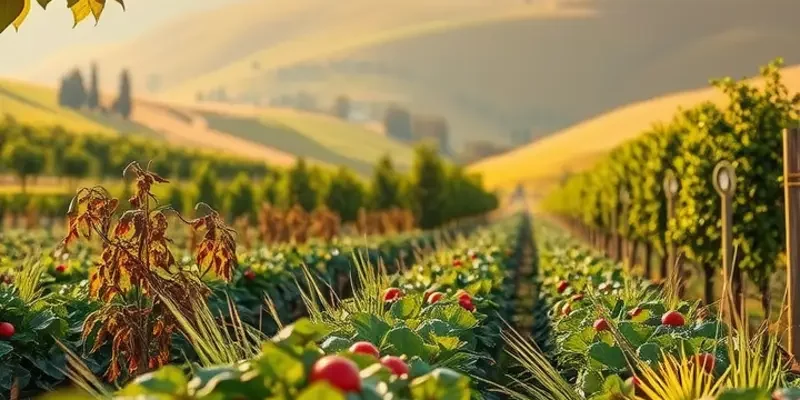Roasting, an age-old culinary technique, transcends borders and cultures, reflecting the essence of seasonal ingredients and local traditions. From the smoky flavors of a Brazilian churrasco to the delicate crispness of a Chinese roast duck, these timeless methods celebrate both community and cuisine. Join us as we journey through global roasting traditions, each with its own story to tell and flavors to savor.
The Love of Fire: Brazilian Churrasco

In South America’s sprawling land, Brazil stands out with its cultural leanings towards communal unity and vibrant celebrations. Central to many gatherings is the art of churrasco—a culinary tradition that defines the Brazilian love affair with fire. This ancient method of roasting over open flames transforms simple cuts of meat into culinary art.
Churrasco originated with the Gauchos in the southern plains of Brazil. These skilled cowboys would prepare open-air feasts, turning every meal into a celebration. The allure of churrasco lies in its method: meats, usually skewered on large spits, are slowly cooked over wood or charcoal flames. This imparts a smoky, rich taste that’s difficult to resist.
The cultural significance of churrasco extends beyond the process of cooking. It’s about bringing people together, creating a festive environment filled with laughter, music, and conversation. Transforming a simple act of cooking into an event, friends and family gather around the churrasco, eagerly awaiting beautifully charred cuts of beef, pork, lamb, and sometimes chicken.
Among the popular cuts selected for churrasco, picanha is revered. This tender rump cap is seasoned liberally with salt before meeting the flames. The combination of high heat and slow roasting results in a juicy inside surrounded by a perfectly crisp exterior. Another favorite, fraldinha, or flank steak, embodies a rich flavor that enhances with the smoky infusion provided by this roasting technique.
The method is simple yet requires patience and skill. Each cut respects the time necessary to achieve maximum flavor and texture. Seasoning is often minimal—just salt and a touch of olive oil, allowing the meat’s natural flavors to shine through. Accompaniments, crucial to the experience, include farofa (toasted cassava flour) and vinagrete (Brazilian salsa), both complementing the savory meats.
Churrasco is more than just a cooking style; it is a lifestyle. It encourages people to share not only food but also stories and time together. Around the churrasqueira (grill), Brazilians celebrate life, forming bonds and fostering community spirit. This social aspect is a reminder that food is a connector, and there’s always room for one more at the table.
For a deeper dive into Brazilian culinary influences, exploring the global culinary exchanges throughout history offers fascinating insights. Understanding these historical interactions enriches the appreciation of churrasco’s place in both local and global culture.
Churrasco remains a vibrant thread in Brazil’s rich culinary tapestry, making it a perfect portrait of the love of fire, skill, and communal harmony. As the flames dance and meats sizzle, the churrasco doesn’t just cook food—it creates memories and a unique blend of flavors intimately linked with Brazil’s soul.
Crispy Perfection: The Chinese Roast Duck Tradition

The Chinese roast duck, notably Peking duck, is an exquisite culinary creation cherished not only for its delectable taste but also for its cultural significance. This dish is famed for its paper-thin, crispy skin and succulent meat, a result of many elaborate steps that turn a simple bird into a masterpiece of flavor and technique.
The process begins with selecting ducks of a specific breed, generally known for their tender flesh. The next crucial step involves marination. A blend of spices, soy sauce, and sometimes honey or maltose syrup is delicately applied to enhance the flavor profile. However, what truly sets Chinese roast duck apart is not just the ingredients but the methodical preparation.
After marination, ducks are inflated with air, separating the skin from the fat. This uncommon technique allows the skin to become crispy when roasted, a key signature of this dish. The ducks are then hung to air dry for several hours, sometimes even overnight. In traditional settings, this might take place outdoors, utilizing natural breezes to further develop flavor and texture.
Roasting methods vary, but the most traditional involves a closed oven, although some chefs still prefer using open ovens for an extra smoky touch. The duck is cooked at high temperatures, allowing the fat to render underneath the skin, ensuring both crunch and juiciness. The roasting process, often overseen by skilled chefs, is treated with diligence, as precision is essential to achieving true crispy perfection.
This dish is more than just a meal; it is an emblem of unity at Chinese gatherings. Sharing a roast duck at a banquet symbolizes prosperity and togetherness, drawing from the communal spirit deeply rooted in Chinese culture. It often graces festival tables during the Chinese New Year, weddings, and other significant celebrations, embodying positivity and abundance.
Recipes and techniques have evolved over centuries, with regional variations offering distinct flavors and textures. Some areas might include star anise or other aromatic spices in the marination mix, while others may focus more on the meticulous drying and roasting phases.
Beyond its culinary allure, the Chinese roast duck tradition reflects the influence of trade and cultural exchanges throughout history, which you can explore further here. Each step in preparing this notable dish weaves together the tales of these exchanges, binding them to the threads of cultural heritage.
In sum, the elaborate methods and rich flavors of the Chinese roast duck turn it into a culinary jewel, respected for its intricate taste and honored for its cultural depth. The tradition signifies much more than preparation and consumption; it is a way to preserve history and celebrate the joys of community and cuisine.
Final words
From the bustling streets of Brazil to the intricate kitchens of China, roasting techniques reveal much about a culture’s identity and lifestyle. The communal nature of gathering around a fire, sharing meals, and celebrating flavors creates bonds that are deeply rooted in tradition. While these practices may vary across regions, the essence of roasting remains universal—transforming ingredients into something magical. Let these global traditions inspire your culinary adventures at home, inviting the warmth of connection and culture into your kitchen.








